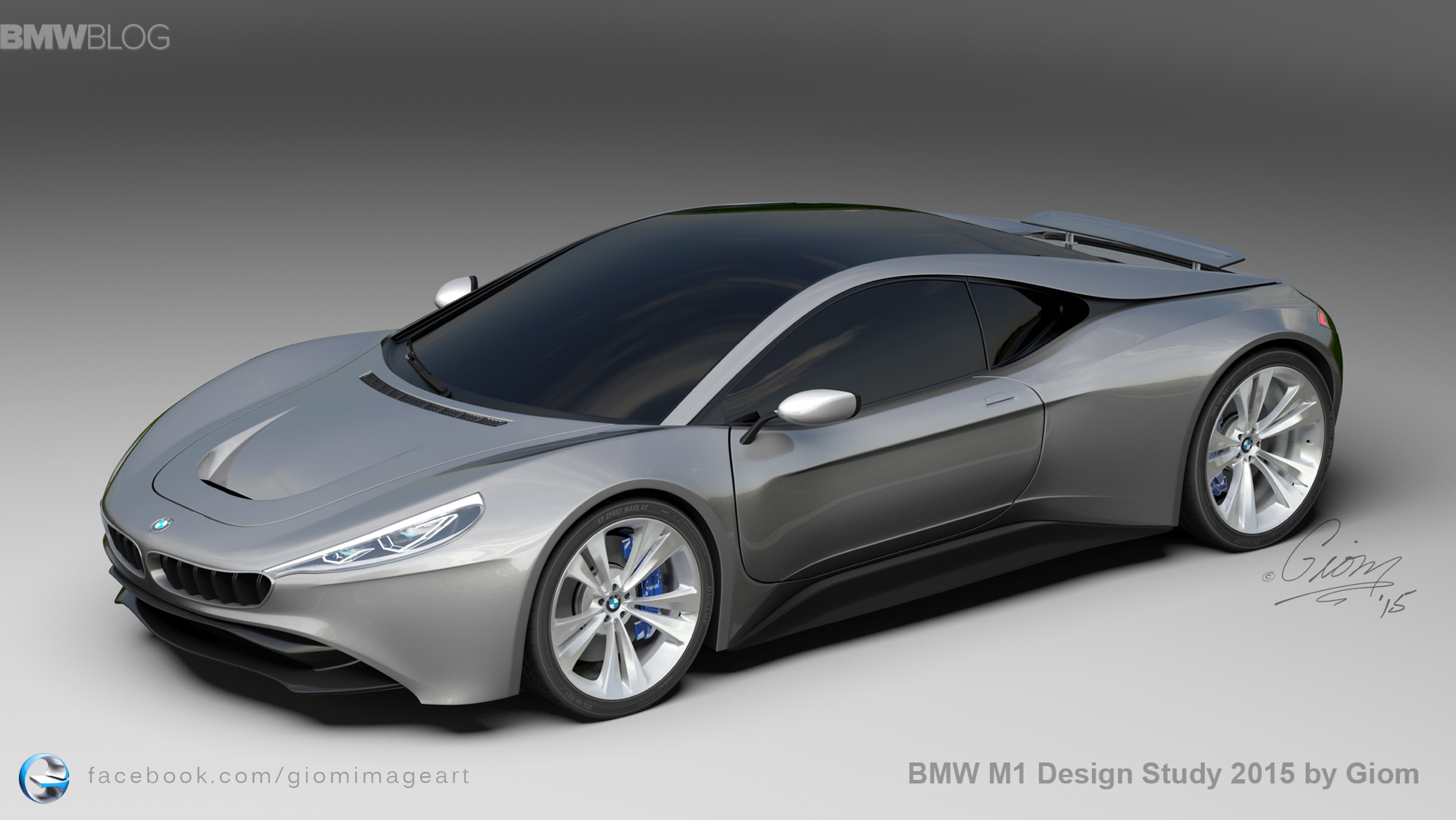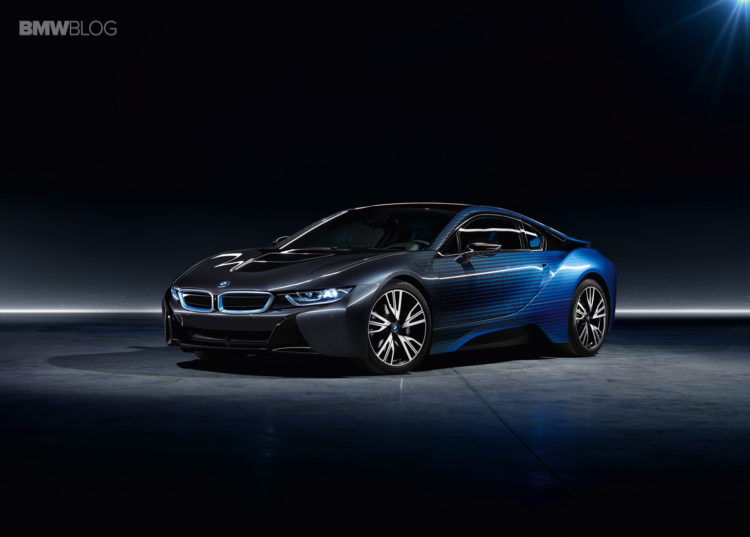Despite being the most valuable luxury car brand in the world and having built a reputation with taglines like “Sheer Driving Pleasure” and the “Ultimate Driving Machine”, it’s a bit ironic that BMW doesn’t sell a supercar.
Mercedes has the AMG GT, Audi has the R8 and even Honda has a car that it believes can give the Porsches, Ferraris and Lamborghinis a run for their money (read: Acura NSX).
Yet, BMW is content with making mass-segment cars that can be used daily and doesn’t see the need for a 911 Turbo or Ferrari F12 competitor. Why is that?
Limited Resources
Despite ending 2015 as the highest selling luxury carmaker in the world, BMW is a small company compared to its primary rivals Mercedes-Benz and Audi.
Audi is backed by the Volkswagen Group, which had the highest R&D expenditure among all the carmakers last year, and the only reason R8 is a feasible product is because it shares majority of its components with the Lamborghini Huracan.
On the other hand, Daimler’s revenue is significantly more than BMW Group’s, which allows it to spend money on developing a supercar like the AMG GT. Not to forget, Mercedes also borrows technologies from its championship-winning F1 program.
While it’s still one of the most innovative companies around, BMW needs to be more conservative when it comes to its resources and a supercar would certainly require a significant investment. Tesla’s success has accelerated the shift towards EVs and autonomous technology by at least a decade and those are the areas that BMW wants to focus on right now.
| Revenue (2015) | R&D Expenses (2015) | Employees | |
| Volkswagen Group | $236.6 billion | $15.3 billion | 610,076 |
| Daimler | $165.8 billion | $ 7.6 billion | 284,015 |
| BMW Group | $102.25 billion | $ 5.5 billion | 122,244 |
Supercars Aren’t Good for Business
Bugatti lost tons of money on each Veyron it made and while the figure of $6.24 million quoted by the folks at Bernstein Research in 2009 may be a bit exaggerated, making the world’s fastest car wasn’t profitable.
Meanwhile, Lamborghini barely had the money to produce a single model until it came under the Volkswagen umbrella and it was the mass segment Boxster that prevented Porsche from going bankrupt in the early 1990s. Furthermore, Porsche’s ever-improving revenue stream is more down to the Cayenne rather than the 911 Turbo.
In fact, Ferrari, which sells a freaking T-Shirt for $60, is able to survive the car business only because of its F1 sector. And out to the east, we have Lexus, which spent a decade to come up with the LFA only to make a loss on every car (which is fine when your parent company earns more than the GDP of Portugal).
What I am trying to imply is that building supercars isn’t a lucrative task and BMW can’t afford to undertake a project that can potentially risk thousands of jobs, especially all they will get is an extra dose of publicity.
What about The i8?
Apart from being a publicity gimmick, supercars (and ‘hypercars’) are also intended to showcase the technological prowess of the automakers. And BMW has the i8 for that.
It may have less power than a Cayman GT4, but the engineering behind it- the carbon-fiber monocoque, plug-in hybrid powertrain with a mid-engine configuration and the futuristic design with laser headlamps- serves as a reminder to others what BMW is truly capable of.
The technology from the i8 will trickle down to the next generation of Bimmers and that serves the ideal purpose of a ‘supercar’ for BMW. Or maybe a future i8 – with more power and other cool tech – might be the supercar of the future that many will try to copy.
Conclusion- It’s all About Marketing
BMW makes it money by producing mass segment cars that are fun to drive and are practical. It has never been a supercar company and thanks to its motorsport DNA, everyone knows that BMW makes driver’s cars. The same couldn’t have been said for, say, Audi, until it came up with the R8 or Lexus until it had the LFA on its portfolio. For these companies, supercars give them bragging rights. BMW simply doesn’t need that as it has spent decades building a reputation on the performance of its cars. What it needs is a ‘halo car’, like the i8. It combined the best of technology and sustainability without a heavy sacrifice on the driving experience.





































































